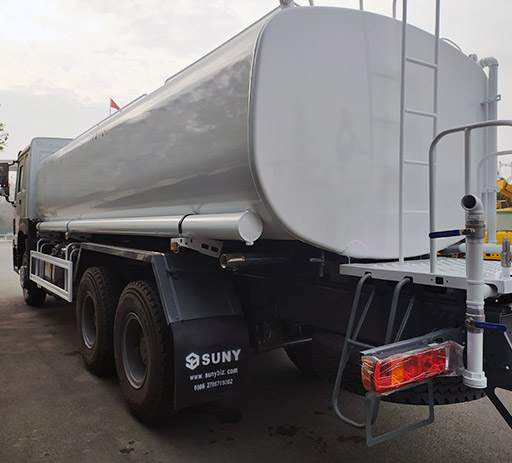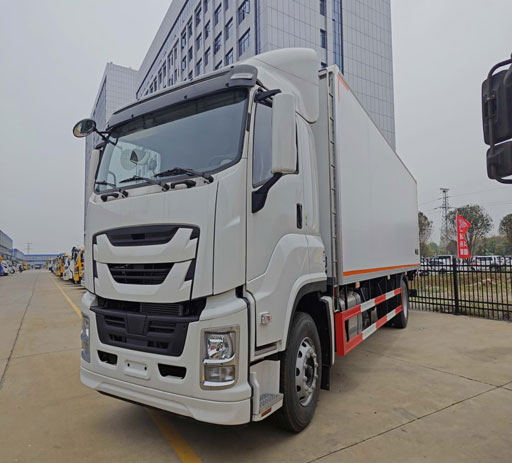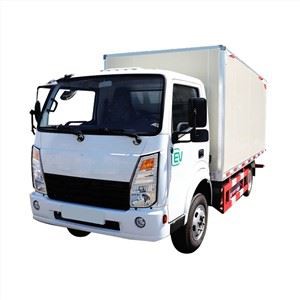Discovering the Biggest Class A Motorhome: A Comprehensive Guide
Introduction
When it comes to RVing, Class A motorhomes are the titans of the road. With their luxurious features and ample space, these vehicles cater to families and travelers seeking comfort and convenience. Among these massive motorhomes, some stand out as the biggest in their class. In this article, we will explore the biggest Class A motorhomes, their features, benefits, and what you should consider when purchasing one.

What Is a Class A Motorhome?
Class A motorhomes are large, boxy vehicles built on a heavy-duty chassis. They often resemble buses and offer plenty of living space and amenities, making them ideal for full-time living or extended travel. Class A motorhomes can be gas or diesel-powered, with diesel engines typically offering better fuel economy and performance.
Key Features of Class A Motorhomes
Class A motorhomes come with a variety of features that enhance comfort and functionality:
- Spacious interior with multiple rooms
- Full kitchens with appliances
- Bathrooms with shower facilities
- Entertainment systems
- Comfortable sleeping areas
- Powerful engines and towing capacity
Why Choose a Bigger Class A Motorhome?
Opting for a bigger Class A motorhome comes with its advantages:
- Space: More room for family and friends, providing everyone with comfortable sleeping and living areas.
- Luxury: Bigger models often come with upscale amenities such as gourmet kitchens and more elaborate entertainment systems.
- Resale Value: Larger models can retain value better due to their desirability in the market.
Top Models of the Biggest Class A Motorhomes
Here we discuss some of the biggest Class A motorhomes currently available on the market:
1. Newmar King Aire
The Newmar King Aire is one of the largest and most luxurious Class A motorhomes, measuring up to 45 feet in length.
- Sleeping Capacity: Up to 4 people
- Features: Contactless controls, spacious living room, king-size bed, and a fully equipped kitchen.
- Price: Averages between $1.3 million to $1.5 million.
2. Prevost H3-45
Known for its high-quality finishes and powerful performance, the Prevost H3-45 stretches to 45 feet. It’s a favorite among luxury travelers.
- Sleeping Capacity: 4-6 people
- Features: Impeccable interior design, custom layouts, and outstanding soundproofing.
- Price: Can range from $1 million to over $2 million.
3. Tiffin Allegro Bus
The Tiffin Allegro Bus is a user-friendly model packed with high-end features. It measures 45 feet and offers an incredible living experience.
- Sleeping Capacity: 4-6 people
- Features: Tile floors, solid-surface countertops, and energy-efficient appliances.
- Price: Ranges from $400,000 to $500,000.
4. Forest River Berkshire
Another contender in the luxury segment, the Forest River Berkshire also measures up to 45 feet, known for its not-so-heavy price tag compared to others.
- Sleeping Capacity: Up to 6 people
- Features: Spacious slide-outs, elegant furnishings, and customizable options.
- Price: Typically ranges from $300,000 to $500,000.
Things to Consider When Buying the Biggest Class A Motorhome
Buying a Class A motorhome is a significant investment, and it’s essential to consider various factors before making your choice:
1. Budget
Your budget will greatly influence your choices. Consider the initial purchase price, but also factor in maintenance, insurance, and fuel costs.
2. Space Requirements
Evaluate how much space you really need. Consider the number of travelers, sleeping arrangements, and storage needs.
3. Amenities and Features
Take note of the features that are most important to you—whether it’s a full kitchen, extra bathrooms, or enhanced entertainment options.
4. Driving and Handling
Driving a bigger motorhome can be a challenge. Make sure to test drive potential choices and check their maneuverability.
5. Brand Reputation

Research brands and read customer reviews. Established names often offer better service and resale value.
Maintenance of Your Class A Motorhome
Keeping your Class A motorhome in top condition is key to a well-functioning vehicle. Here are some essential maintenance tips:
1. Regular Inspections
Conduct regular inspections of the engine, brakes, and tires. This ensures safety and performance while on the road.
2. Cleaning
Frequent cleaning of both the interior and exterior will help maintain the motorhome’s aesthetic and value.
3. Service Schedule
Follow a specific service schedule recommended by the manufacturer. Regular oil changes and filter replacements are crucial.
4. Winterization
For those not using their motorhomes in colder months, proper winterization is essential to avoid damage from freezing temperatures.
Practical Examples and Tips for RV Living
For those new to RV living, here are some helpful tips to enhance your experience:
1. Planning Your Routes
Always plan your routes in advance, considering the size of your motorhome. Some smaller roads may have restrictions for larger vehicles.
2. Setting Up Camp
When camping, ensure you level your motorhome properly. This helps with comfort, especially when sleeping.
3. Outdoor Living Spaces
Consider setting up outdoor living spaces with awnings, tables, and chairs to extend your living area.
4. Stay Connected
Maintain internet connectivity with mobile hotspots or satellite internet options, allowing you to stay connected on the go.
Frequently Asked Questions (FAQs)
1. What is the average size of a Class A motorhome?
Most Class A motorhomes range from 26 to 45 feet in length, with the biggest models exceeding 40 feet.
2. How much does a Class A motorhome cost?
The price can range from $100,000 for entry-level models to over $2 million for luxury options.
3. Can I live in a Class A motorhome full-time?
Yes, many people do live full-time in Class A motorhomes, as they offer all the amenities of a small home.
4. What kind of vehicle can tow a Class A motorhome?
Class A motorhomes can typically tow a vehicle like a car or small SUV, but it’s important to check the motorhome’s towing capacity.
5. How do I finance a Class A motorhome?
Financing options similar to auto loans are available, including loans through banks, credit unions, and specialized RV lenders.

6. Is insurance more expensive for larger motorhomes?
Insurance typically correlates with the motorhome’s value and size; larger, more expensive models generally have higher insurance premiums.
